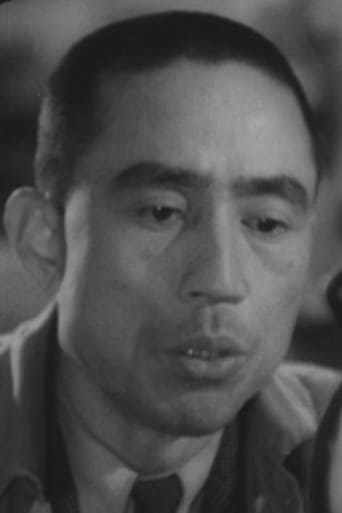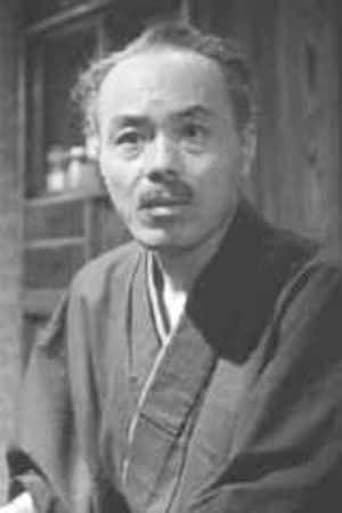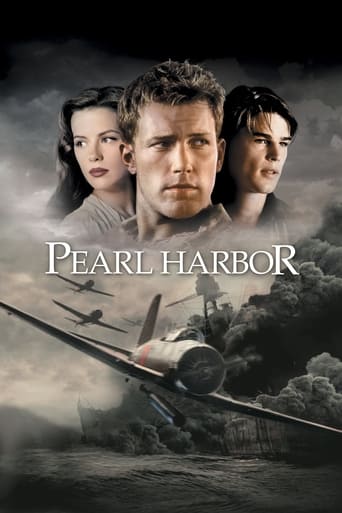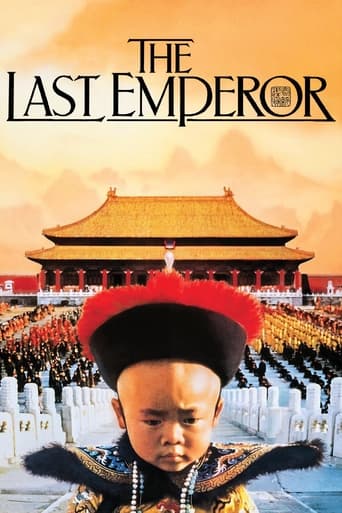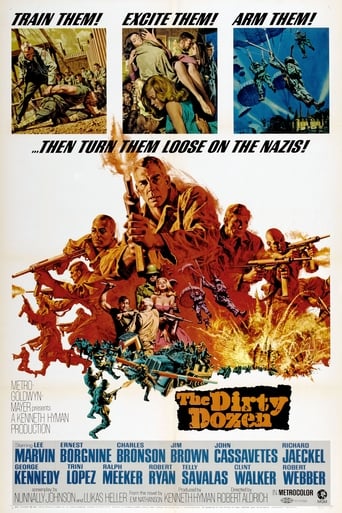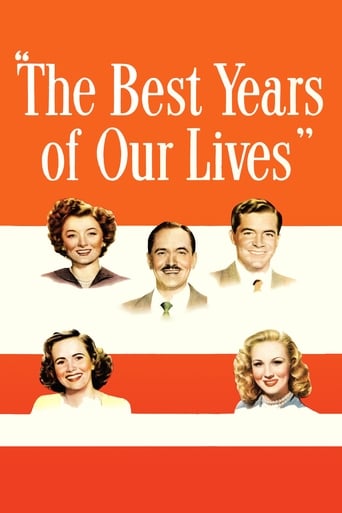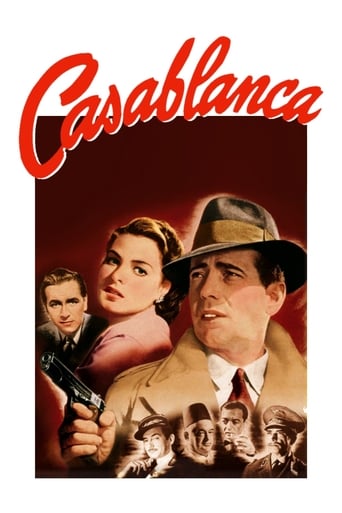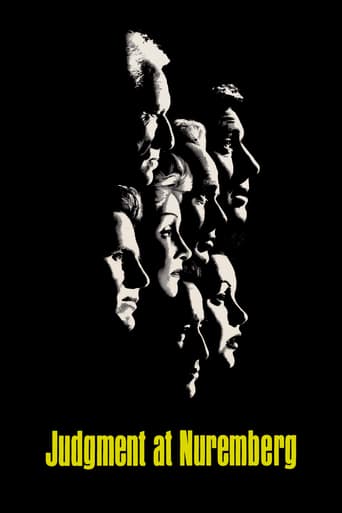

The Most Beautiful (1944)
The stories of several young women who work in a 'precision optical instruments' factory during the second World War. Despite illness, injury, and tremendous personal hardship, the women persevere in their tasks, devoted to their work and their country's cause.
Watch Trailer
Cast


Similar titles
Reviews
Thanks for the memories!
Awesome Movie
This is a must-see and one of the best documentaries - and films - of this year.
Blistering performances.
Viewed on DVD. Subtitles = six (6) stars; score = three (3) stars; restoration = two (2) stars. Any movie that survives a major war does not automatically qualify as being worth watching during peacetime. Especially this one! Director Akira Kurosawa delivers an overly-long, slow-moving, and darn right silly movie (as he often did after the war) using a script filled with contrived trivia and inflated artifacts (especially long blank stares by the lead actresses). Whether this film reflects wartime conditions that existed for Japanese women factory workers (who are shown to be in effect slaves) seems debatable given how events are depicted. Kurosawa tells a tale of a major optics factory apparently vital to Japan's war effort brought almost to a standstill with the temporary loss of one or two workers. Get real! Lead actresses (and there are quite a few) seem to have been given minimal direction--they all but eat the scenery in their quests for melodramatic over achievement. The director/editor seems fixated on showing redundant scenes especially of workers marching. (The viewer can't help but wonder if less marching by Kurosawa's cast would result in much more time to meet/exceed the ever higher production quotas demanded by Kurosawa's factory management!) Cinematography (narrow screen, black and white) is a bit hard to judge given the often minuscule restoration (see below). Inter-scene lighting is highly variable (due in part to using stock footage and/or inferior film stock?). Music consists mostly of monotonous marching band flutes and drums and repetitive children songs. Subtitles are close enough. Unlike many semi/not restored films, the opening credits (which begin by announcing that this is a propaganda film) seem to be in near mint condition. But thereafter, things go down hill almost immediately. There are plenty of wear/dirt marks, splicing artifacts, and fuzzy scenes to be found throughout the movie. Plus age-related deterioration can be seen in just about all fade-to/from-dark transitions. (The film looks far older than it actually is.) Typical "restoration" on the cheap when a film is expected not to sell many copies. Bottom line: This one should have been left in the studio's film vault for film students (in search of dissertation threads) to pick apart. WILLIAM FLANIGAN, PhD.
In a material war, what your side lacks in material, you must make up for with spirit. Or so the Japanese told themselves during the war, and that is the driving point behind "The Most Beautiful.""The Most Beautiful" is the second film directed by internationally acclaimed Japanese filmmaker, Akira Kurosawa. Like "Sugata Sanshiro" before it, "The Most Beautiful" is a product of World War II. However, while one could characterize "Sugata Sanshiro" simply as a film with subject matter that was deemed safe for the time, "The Most Beautiful" is pure propaganda.The film follows a group of girls working in an optic lens factory during World War II. The girls' leader is one Watanabe-san (Yoko Yaguchi, Kurosawa's wife), a kind of Japanese Rosie the Riveter (Tokyo Rosie the Riveter?). When the factory's chief, Ishida-san (Takashi Shimura, "Seven Samurai") raises the girls' quota by 50 percent, the girls gripe that it wasn't raised by 100 percent like the boys'. The girls exert themselves to exceed their quota.The girls work to the point of exhaustion. This leads to mistakes and petty bickering. The girls play volleyball and sing patriotic songs to raise their morale.Akira Kurosawa was one of Japan's greatest directors and storytellers. This film is distinctly Kurosawa with the director's characteristic wipes and long takes. However, as a piece of storytelling, "The Most Beautiful" is a failure. That is not to say that there are no humorous moments or likable characters, but no character experiences the kind of dynamic change that drives good fiction.The film focuses mainly on the Watanabe character, who remains static throughout. She is the hardest, most dedicated worker at the beginning of the movie, and she remains so at the end. She sacrifices sleep to find a defective lens, and even stays away from her dying mother's bedside to work. No conflict can shake her dedication. There are minor external conflicts throughout the movie that Watanabe-san straightens out nicely by virtue of her dedication to her job."The Most Beautiful" is an important film in terms of historical context. Rarely do we get to see propaganda from the other side, and this film is a good illustration of extreme Japanese values at an extreme moment in Japanese history. The Japanese realized that they were at a technological disadvantage to the Allied Powers, but insisted that they could win by virtue of their spirit (apparently they weren't counting on American boys having spirit too). Militaristic slogans adorn the factory. The girls adhere to Zen Buddhist values as they emphasize hard work above all else, while the boys sing a militaristic song hoping for the "destruction of America and Britain."While "The Most Beautiful" is an important work in a historical sense, it is unworthy of Kurosawa's later, greater films.
A curious film from Kurosawa, given what came later, this is a nationalist film about a group of young women who are working at an optical instruments factory who are given the task to greatly increase productivity for the good of the country and the war effort. It shows them rarely at play, mostly very focused at work. Takako Irie plays the dorm mother, a somewhat sympathetic character. This film is more inherently Japanese than most of Kurosawa's later work, its almost a propaganda film. However, there is also some heart in the characters, and that is what makes it a recommended film. You sense the young ladies anguish over being sick and having family difficulties, making them unable to work. So, not essential viewing but still watchable and Kurosawa fans should check it out.
This is a great movie - a must-see. I saw it without subtitles, and my Japanese wasn't good enough to catch most of the dialog, but the raw emotional power of the cast and of the imagery made it easy to follow - completely engrossing, in fact. The story is about a group of women factory workers in WWII Japan, and how each one must overcome whatever personal hardship they face to help the group succeed. The sense of being swept up in a titanic struggle, and the almost superhuman selflessness and group cohesion that that breeds, are the same themes treated in "Twelve-O'clock High". The two movies would make an enlightening double feature. One image sticks with me: although it's not focused on, throughout the movie you see the women carefully taking off their shoes and placing them neatly by the door as they come in to the dormitory, and you see them carefully put them on as they leave. During one scene, when a girl is returning from the hospital, everyone rushes to greet her. Kurosawa cuts to a shot of the shoes, as they are thoughtlessly trampled by the women eager to meet their friend.



